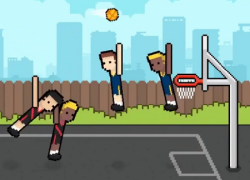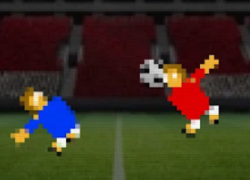Retro Bowl is a football management and action game that combines team strategy with on-field execution. Players take on the dual role of coach and quarterback, responsible for both building a roster and leading plays during games. The gameplay is turn-based in its preparation phase—signing free agents, managing morale, upgrading facilities—but shifts into real-time action during matches. The control scheme is minimal: swipe and tap to pass, run, or kick. Despite its simplicity, the mechanics demand precision, especially under pressure.
Roster Management and Decisions
The core of the experience lies in decision-making off the field. Each player on the team has stats that affect performance in specific areas such as speed, strength, and accuracy. Roster slots are limited, so tough calls must be made on who to keep, bench, or trade. Injuries and performance dips force constant re-evaluation. Salary cap constraints add another layer, pushing players to balance short-term wins with long-term planning. Choosing which coaches to hire or fire also affects training outcomes and player growth.
In-Game Strategy and Execution
During matches, players only control the offensive plays, while defense and special teams are handled automatically. This puts full pressure on each possession to result in points. Timing the snap, avoiding sacks, and making clean passes are all essential. Playbooks are limited but effective, offering just enough variety to allow for creativity within tight constraints. Each play must be adapted based on the defensive setup and player fatigue. There’s little room for error, and poor execution often results in turnovers or missed opportunities.
Retro Bowl keeps players engaged through its season format, where every game counts toward playoff qualification. Winning a championship is difficult without smart roster building and consistent on-field performance. As seasons progress, the challenge increases, and players must develop new strategies to stay competitive. Despite its retro appearance, the game rewards careful planning and execution, making every touchdown feel like the result of deliberate decisions both in and out of the game.













